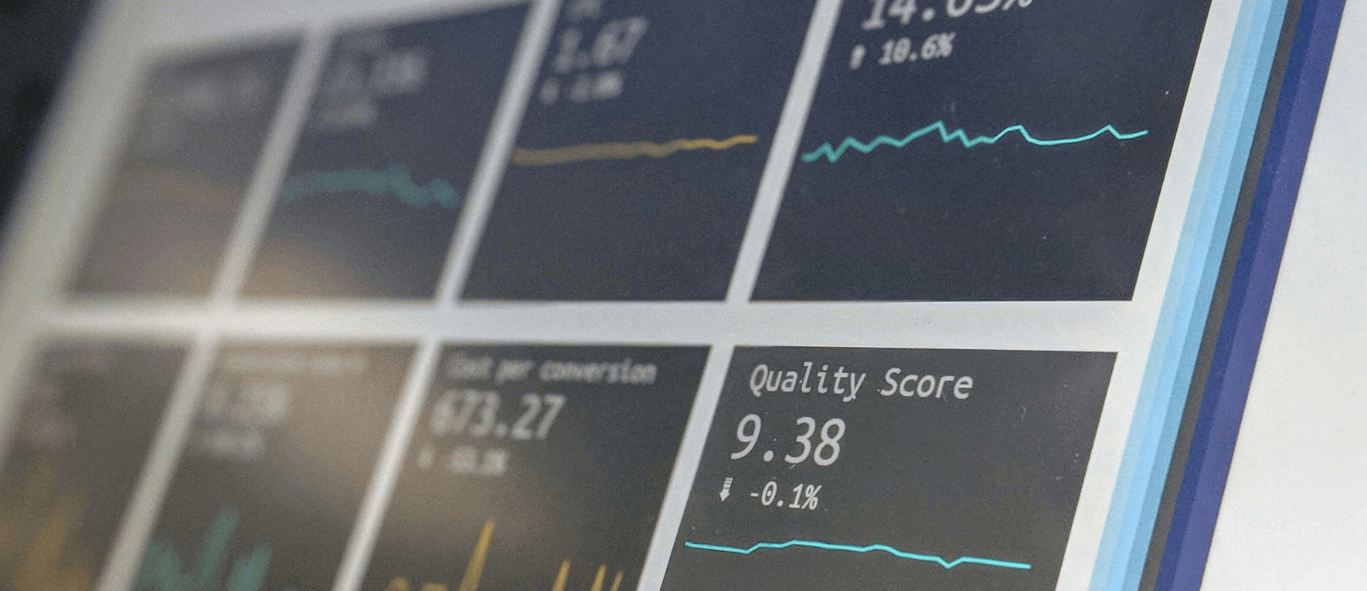Contact Us
If you're working on something real — let's talk.
Development & Integration
Blockchain Infrastructure & Tools
Ecosystem Growth & Support
© 2025 Lampros Tech. All Rights Reserved.
Published On Apr 25, 2025
Updated On Jul 14, 2025

Pros | Cons |
|---|---|
Community-driven with a vast library of public dashboards | Only supports EVM-based chains |
No infrastructure setup—just write and run queries instantly | Requires knowledge of SQL to create custom queries |
Pros | Cons |
|---|---|
Clear dashboards with accessible data | May require technical knowledge to unlock full value |
Well-suited for teams without heavy backend setups | Premium access for advanced features |

Growth Lead
FAQs

Top Web3 analytics tools for DeFi include Dune, Nansen, Token Terminal, and DefiLlama. These platforms help track TVL, revenue, user behavior, and protocol performance across chains.

Multichain analytics tools like Chainbase and Covalent provide unified insights across networks, helping teams understand cross-chain user behavior, token flows, and ecosystem health.

Alchemy, The Graph, and Flipside Crypto provide real-time on-chain data feeds, alerts, and user-level insights, which are ideal for debugging, user tracking, and growth analysis in Web3 apps.

Web3 analytics helps DAOs analyze treasury flows, user engagement, and governance trends. Tools like Messari and Dune provide dashboards that turn raw blockchain data into strategy.

Indexing tools like The Graph and Blockscout structure blockchain data for access, while behavioral tools like Flipside Crypto analyze what users actually do, unlocking deeper growth insights.